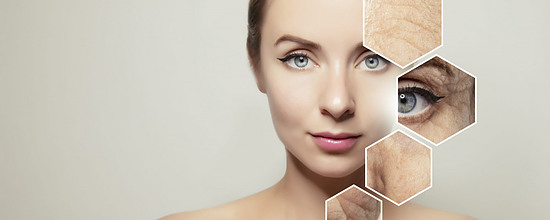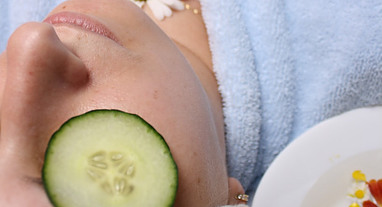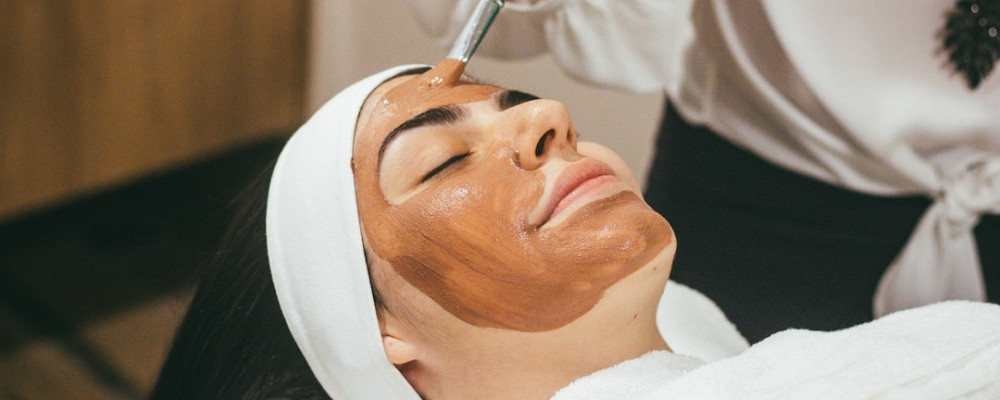
What is the Best Anti-Aging Skincare to Use?

In this day and age, there are thousands of products on the market claiming to be the “best” when it comes to anti-aging. Some claim to have instantaneous effects while others claim miraculous results in just a few weeks. How are we to know what really works? Let alone, determine what works best for us. In this article, I’m going to help you understand the different skin types, and explain what exactly happens to our skin on a cellular level as we age. Once we get the fundamentals out of the way I’ll go into what anti-aging products are and what ingredients to look for when considering what products to use in your skincare regimen and the secret to achieving your goals.
Understanding Your Skin Type.
Our skin is as unique as we are, with different skin types that react and age in distinct ways. Understanding these variations can help us tailor our skincare routines to address specific needs. There are four categories of skin type we fall under:
1. Dry Skin Type
Dry skin tends to show signs of aging earlier, with fine lines and a lack of elasticity. Several factors can contribute to dry skin, With the most common being genetic predisposition(ie ethnicity or heritage), aging, hormonal changes, exposure to harsh chemicals or irritants, certain medical conditions (like eczema or psoriasis), and environmental factors such as low humidity levels.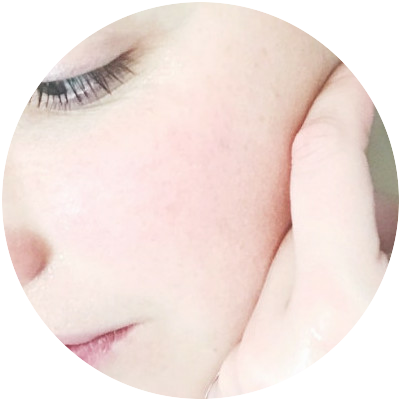
2. Oily Skin Type
Oily skin is a common skin type characterized by an overproduction of sebum, the natural oil produced by the skin. While oily skin may appear to be more resilient to aging it also can be prone to enlarged pores and breakouts. This is because the excess oil can mix with dead skin cells and bacteria, clogging the pores and resulting in inflammation and blemishes.
3. Combination Skin Type
Combination skin is a common skin type characterized by having both oily and dry areas on the face. This type of skin often presents with an oily T-zone (forehead, nose, and chin) while the cheeks and other areas may be dry or normal. Managing combination skin can be a little more complicated because finding a balance between addressing the oily areas while providing enough moisture to the dry areas can be a challenge.
4. Sensitive Skin Type
Sensitive skin is a skin type that is prone to irritation and reactions when exposed to certain products, environmental factors, or even touch. Individuals with sensitive skin often experience adverse reactions to various skincare and cosmetic products. Sensitive skin often has a weakened skin barrier, which can make it more prone to moisture loss and external irritants. All of these factors can exacerbate skin sensitivity and lead to increased redness, dryness, or discomfort.

OMG, What is happening to my skin?
As we all know, getting older is inevitable We notice fine lines wrinkles, and dark spots we never had before just magically appear. Well, rest assured it’s not just you that it is happening to, it’s everyone! The truth is several changes within our body occur as we age, we just don’t notice it as it is a very slow process.
On a cellular level, several changes occur in the skin as it ages. Here are some key processes that take place:
- Decreased collagen and elastin production: Collagen and elastin are natural proteins responsible for maintaining the skin’s structure and elasticity. As we age, the production of these proteins slows down, resulting in a loss of skin firmness and the formation of wrinkles and fine lines.
- Reduced skin cell turnover: Simply said, skin cell turnover is the process of shedding old, dead skin cells and replacing them with new ones. With age, the rate of cell turnover slows down, leading to a buildup of dead skin cells on the surface. This can make the skin appear dull, rough, and less vibrant.
- Decline in moisture retention: The skin’s ability to retain moisture decreases due to a decline in the production of natural moisturizing factors, such as hyaluronic acid. This can result in dryness, flakiness, and a loss of plumpness in the skin.
- Formation of age-related pigmentation: As we age, there is a higher likelihood of developing age spots or hyperpigmentation. This is due to an uneven distribution of melanin, the pigment responsible for skin color. Over time, melanin clusters can form, resulting in dark spots or patches on the skin.
These cellular changes collectively contribute to the visible signs of aging, including wrinkles, fine lines, sagging skin, uneven tone, and texture. Understanding these processes helps in developing skincare routines and treatments that target these specific concerns to promote healthier, more youthful-looking skin.
Now for the fun part…
Navigating the world of skincare and finding the right products for your skin’s needs can sometimes feel overwhelming. However, you now know how to identify your skin type and a clear understanding of the aging process which enables you to confidently narrow down your choices. By identifying what your skin requires and knowing what is happening within your body, you can focus on selecting skincare products that can supplement and revitalize what you may be lacking. This empowers you to make informed decisions and choose the best options for your skin’s specific needs. YAY!
Here is a list of my top 10 ingredients to look out for: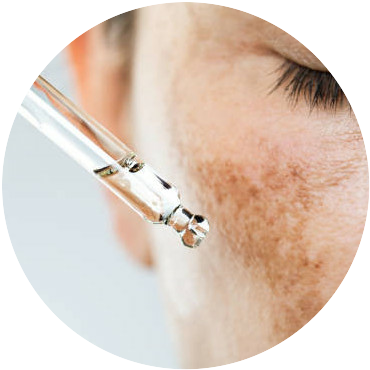
- Hyaluronic Acid
- Vitamin A/ Retinol
- Vitamin C
- Vitamin E/ Tocopernol
- Ceramides
- Hydroxy Acids – AHA, BHA, PHA
- Ferulic Acid
- Green Tea
- Peptides
- Caffeine
- Collegen – More beneficial if taken orally
There is a wide range of beneficial ingredients used in skincare products, the above-mentioned are some of the most commonly used.
Here’s the Secret… Consistency is key!
They say humans are creatures of habit. That being said, why is it so hard to implement a new habit?! In our busy lives it’s almost bothersome introducing something new into our routine. With skincare, the only way you are going to achieve your desired results is by doing just that because consistency is key! Anti-aging products are not magic, you will not see results overnight. They work best when used daily as your skin needs constant nourishment to revitalize itself, it’s a build-up process.
For example, if you have a wound, you would use some sort of ointment to help it heal faster. You don’t just use it one day and expect your body to heal. You use that ointment every day until you are satisfied with how it healed. Now think of how long it took for your skin to get to where it is today and how much damage you need to repair.
It won’t matter what products you use if you don’t use them consistently. Your diligence is what is going to be the most important ingredient of your skincare routine.
This is Where I Leave You.
Don’t be discouraged, We all begin somewhere and I used to be right where you are, it’s okay! I’ve been on this journey for a while now, and at 46 years old, I can proudly say that my skin has never looked better. Now, armed with these tools, you’re ready to embark on your own path to healthy and vibrant skin.
I’d love any feedback you have or if you just want to say hi please leave a comment below!
-Maricella
40somethings.com

